How to flush the KONO filter cup? What's the difference between one-cut flow and segmented extraction?
When making coffee with KONO filter cup, I think, KONO filter cup is soaked extraction, the flow rate is relatively slow, Xiaobian usually uses the brewing method is segmented extraction, and segmented extraction can control the flow rate, and the second is to increase the extraction of coffee.
Then the question comes, is it appropriate for KONO filter cups, which are slow in flow rate, to be used together with this method of fractional extraction? Let's explore today, KONO filter cup with a knife flow or segmented extraction?
| kono filter cup
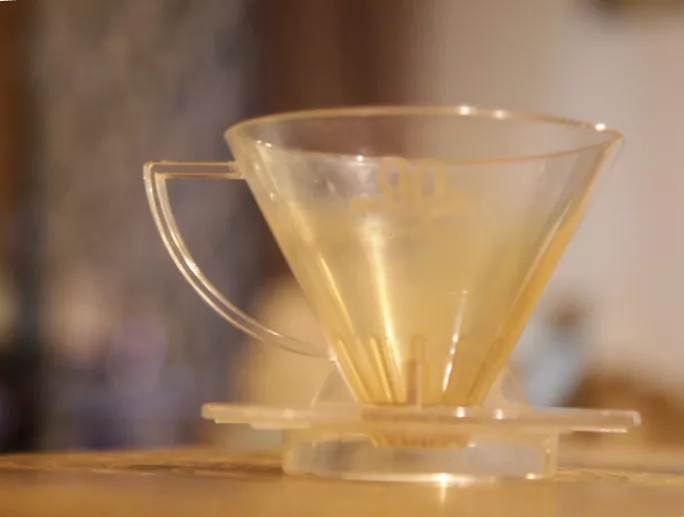
The ribs of the KONO filter bowl are shorter and stop less than half the height of the filter bowl. This design is mainly to ensure that in the process of dripping, the filter paper can be attached to the filter cup wall after absorbing water, which makes the exhaust space of the filter cup limited, the air flow naturally limited, and the flow rate slows down, so that a large part of the coffee powder is soaked.
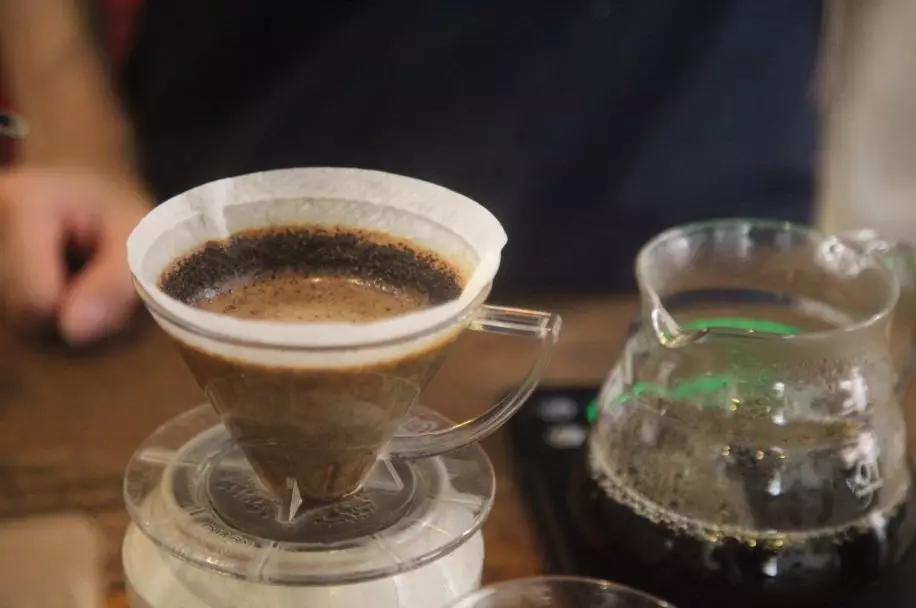
Due to the characteristics of the filter cup, the small editor will choose to match the beans with deep baking degree for brewing, so the natural baking degree of the beans used for this comparison today is also relatively deep, the small editor chooses the medium and deep baking [Gold Mantenin], Agtron bean color value 52.9 (above), Agtron pink value 58.3 (below), Roast Delta value 5.4.
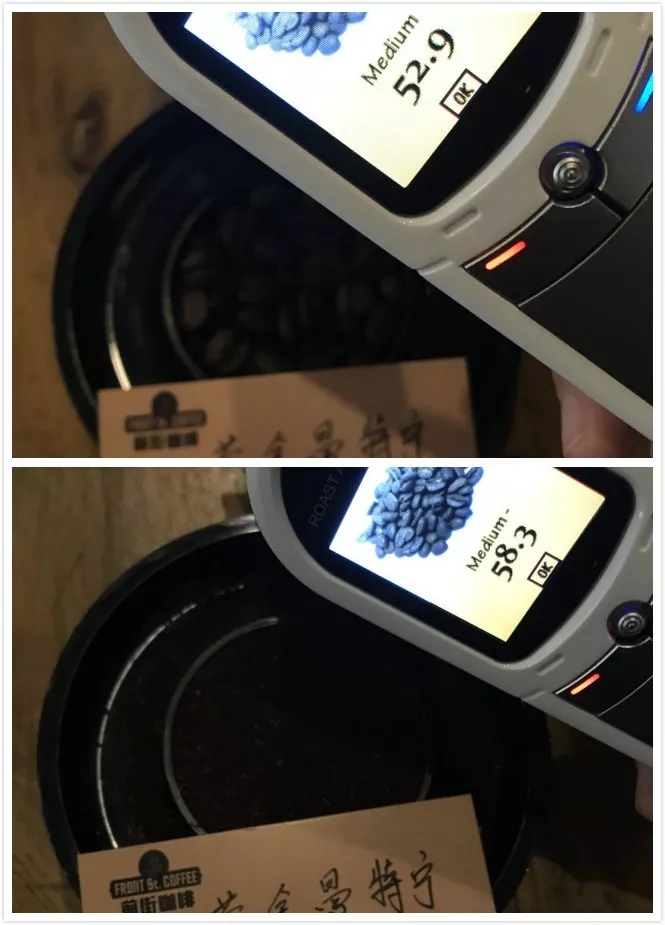
PWN Gold Mandning
Country: Indonesia
Level: G1· 3 times hand-selected
Company: PWN
Origin: Sumatra
Treatment method: washing method
Altitude: 1100--1600 m
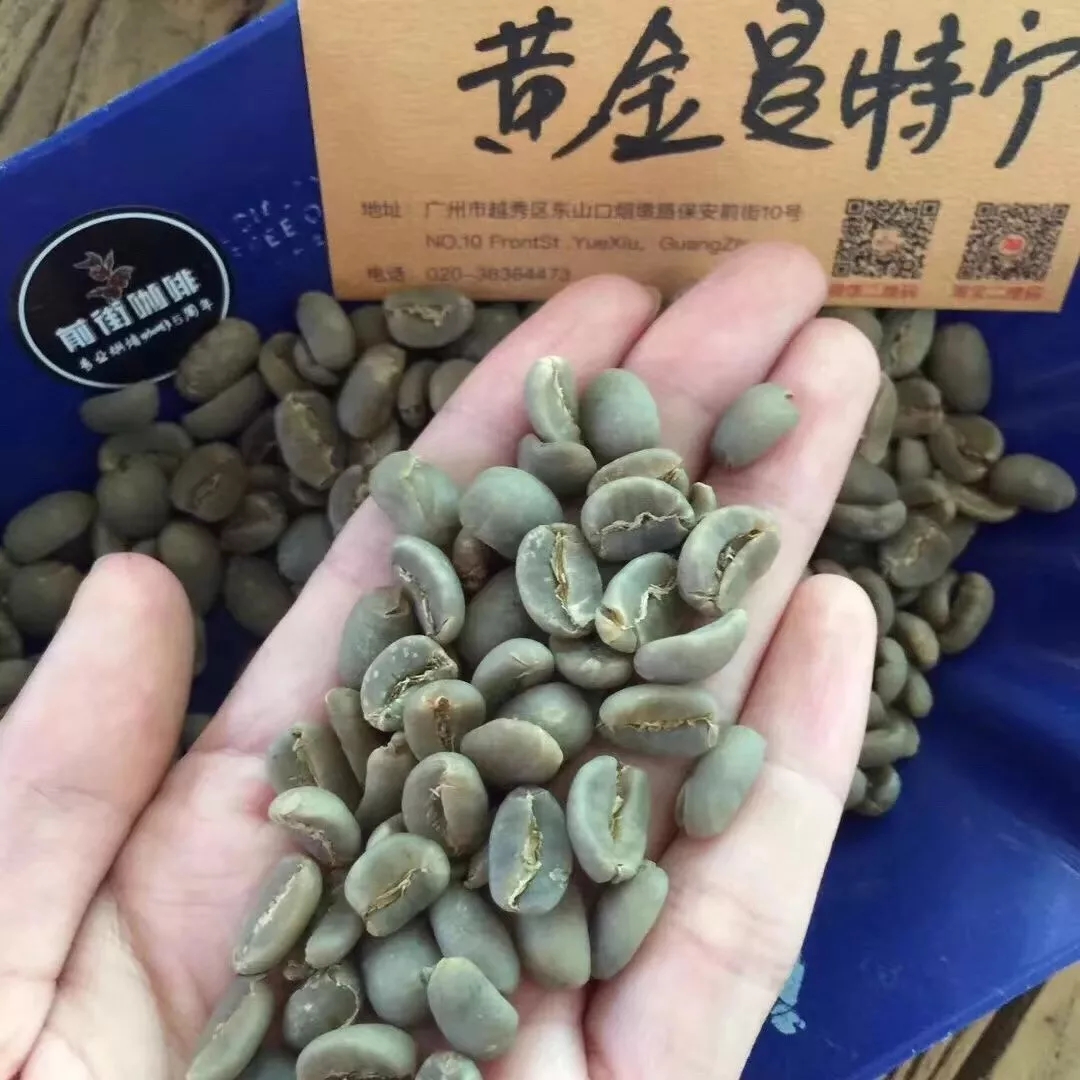
| Comparison of brewing techniques
Xiao Bian uses a knife flow and a segmented extraction method to brew.
* A knife flow: continuous water injection after steaming, from the middle to the outside, and then from the outside to the center, like the feeling of painting mosquito-repellent incense; until the required amount of water stops.
* Fractional extraction: After steaming, inject water into several sections, pause for a while in the middle of the section, and then inject water again to the required amount of water until the water level drops to see the powder bed.
Only change the method, basically maintain the same parameters:
17g powder; water temperature 89℃; grinding degree BG 6M (Chinese standard No.20 sieve pass rate 50%); powder water ratio 1:14
[One Blade Flow]
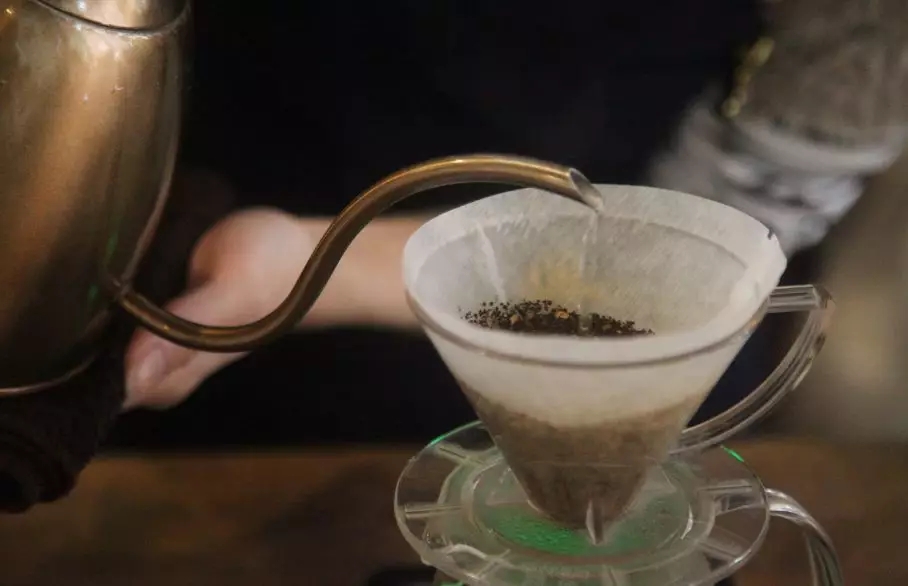
Method: Steam with 30g water for 30 seconds, small water flow from the middle to the outside, and then from the outside to the center to 238g water and remove the filter cup, extraction time of two minutes and five seconds.
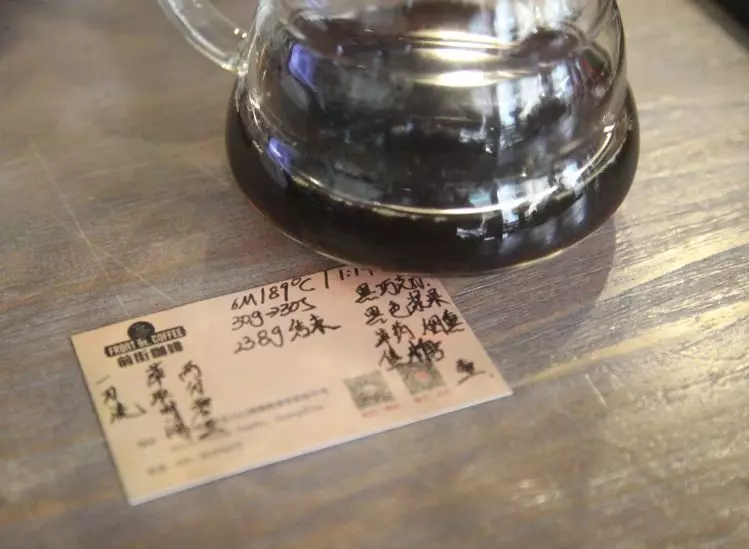
Flavor: Dark chocolate, black berries, herbs, smoke and caramel sweetness.
[Segmented Extraction]
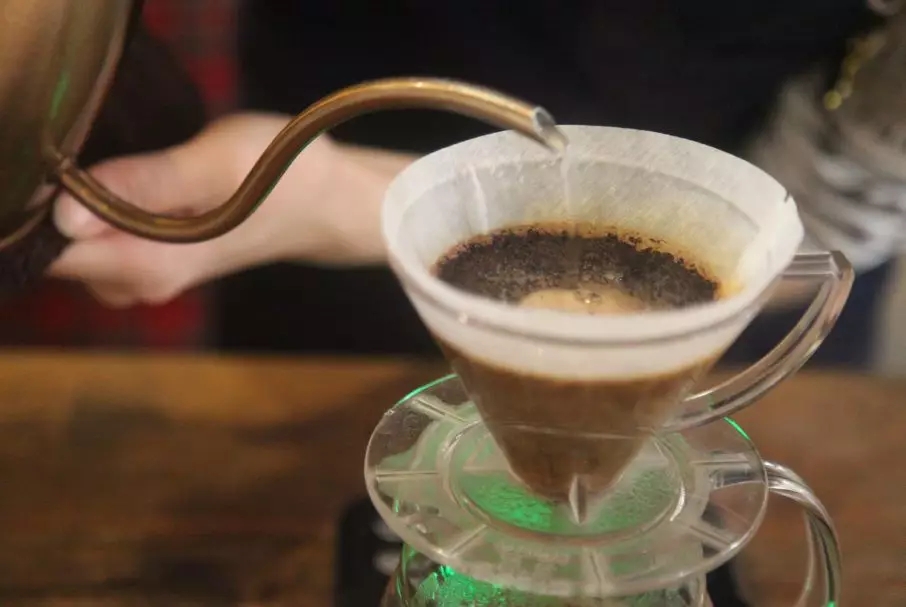
Method: Steaming with 32 grams of water for 30 seconds, slowly injecting water with small water flow to 121 grams for segmentation, and then continuing to inject water with slightly larger water flow to 239 grams when the water temperature drops by nearly 1/2, and removing the filter cup. Extraction time is two minutes.
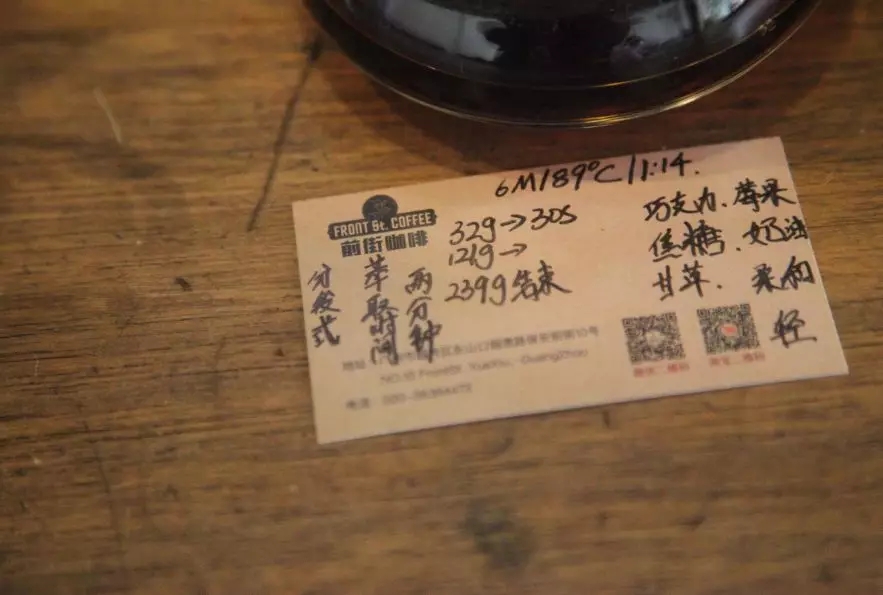
Flavor: Berry, licorice, caramel, cream, chocolate, sweet and sweet.
| summary
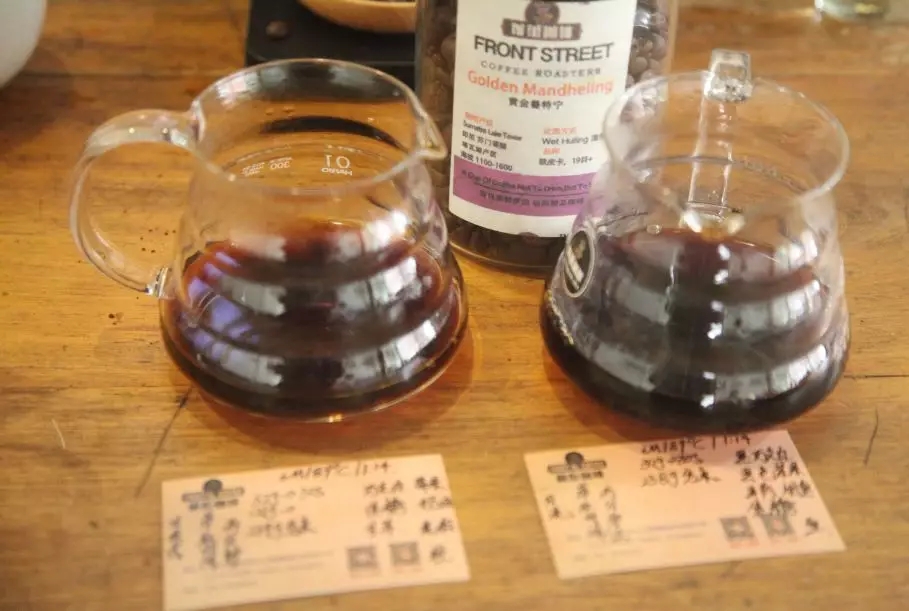
Compared with the two methods of brewing out of the [Gold Mantenin], small editor think that the taste of this pot brewed with [One Knife Flow] is relatively heavy, the taste will be more mellow, with obvious cocoa, smoke flavor; and [segmented extraction] brewing this pot will feel softer, fruit acid will also become brighter, in the sense of hierarchy than with [One Knife Flow] brewing will be richer.
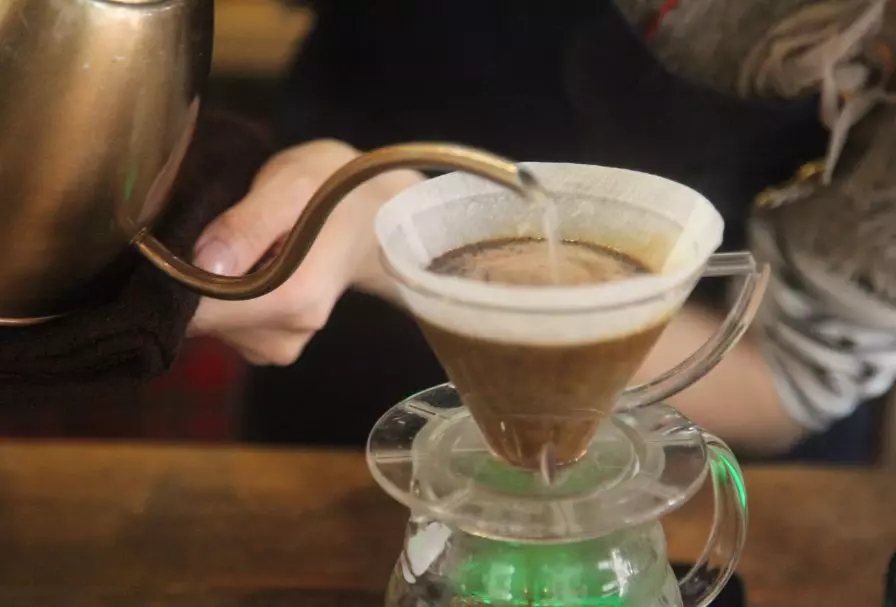
Xiao Bian believes that this is mainly because when brewing with [one knife flow], all the coffee powder is constantly being stirred and extracted, and the filter cup flow rate is slow, so that the extracted coffee becomes more balanced in flavor.[Segmented extraction] Because there will be powder left on the filter paper after the water level drops in the middle section and will not participate in the extraction, and the flow rate will be slightly faster after increasing the water flow in the later stage, the extracted coffee will have a softer flavor and bright fruit acid.
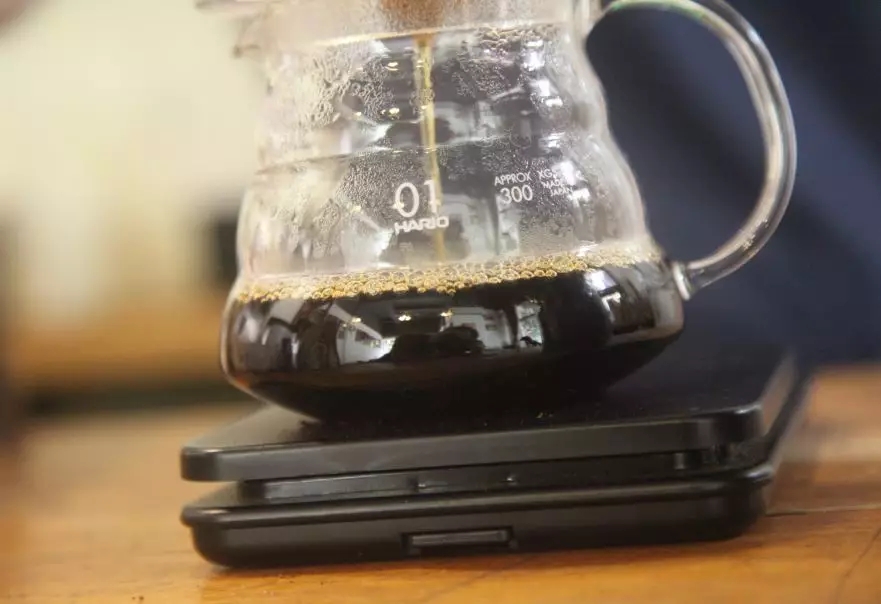
As for whether to choose [One Knife Flow] or [Segmented Extraction] to match the KONO filter cup? That depends on what flavor you want to show beans!
Important Notice :
前街咖啡 FrontStreet Coffee has moved to new addredd:
FrontStreet Coffee Address: 315,Donghua East Road,GuangZhou
Tel:020 38364473
- Prev
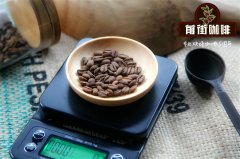
How many major coffee regions are there? Representative work of the production area?
How many major coffee regions are there? As a consumer, you may find yourself liking the juicy feel of Ethiopian coffee, the balance and sweetness of Guatemala, or the earthy smell of Indonesia, but unless you've tried beans from these regions, you won't know where the coffee in your mouth comes from. Africa, America and Asia are the three major sources of origin in the world.
- Next
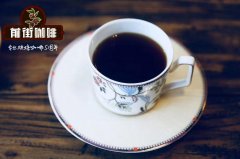
What is the Nyika and Agaro coffee in Malawi? What are the characteristics of Katimo coffee?
Professional coffee knowledge exchange more coffee bean information Please follow the coffee workshop (Wechat official account cafe_style) among the many kinds of coffee beans, only a small part of them actually make coffee. The three most basic categories, known as the three native species of coffee, are Arabica, Robusta and Liberia. Arabica (Arabica) small fruit coffee
Related
- Beginners will see the "Coffee pull flower" guide!
- What is the difference between ice blog purified milk and ordinary milk coffee?
- Why is the Philippines the largest producer of crops in Liberia?
- For coffee extraction, should the fine powder be retained?
- How does extracted espresso fill pressed powder? How much strength does it take to press the powder?
- How to make jasmine cold extract coffee? Is the jasmine + latte good?
- Will this little toy really make the coffee taste better? How does Lily Drip affect coffee extraction?
- Will the action of slapping the filter cup also affect coffee extraction?
- What's the difference between powder-to-water ratio and powder-to-liquid ratio?
- What is the Ethiopian local species? What does it have to do with Heirloom native species?

